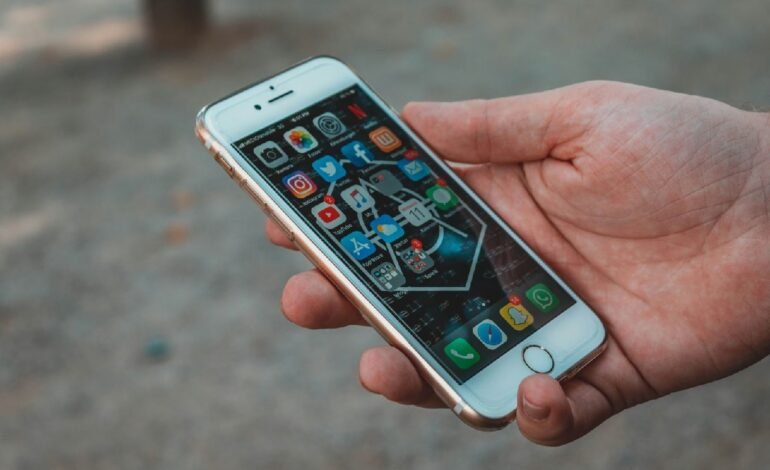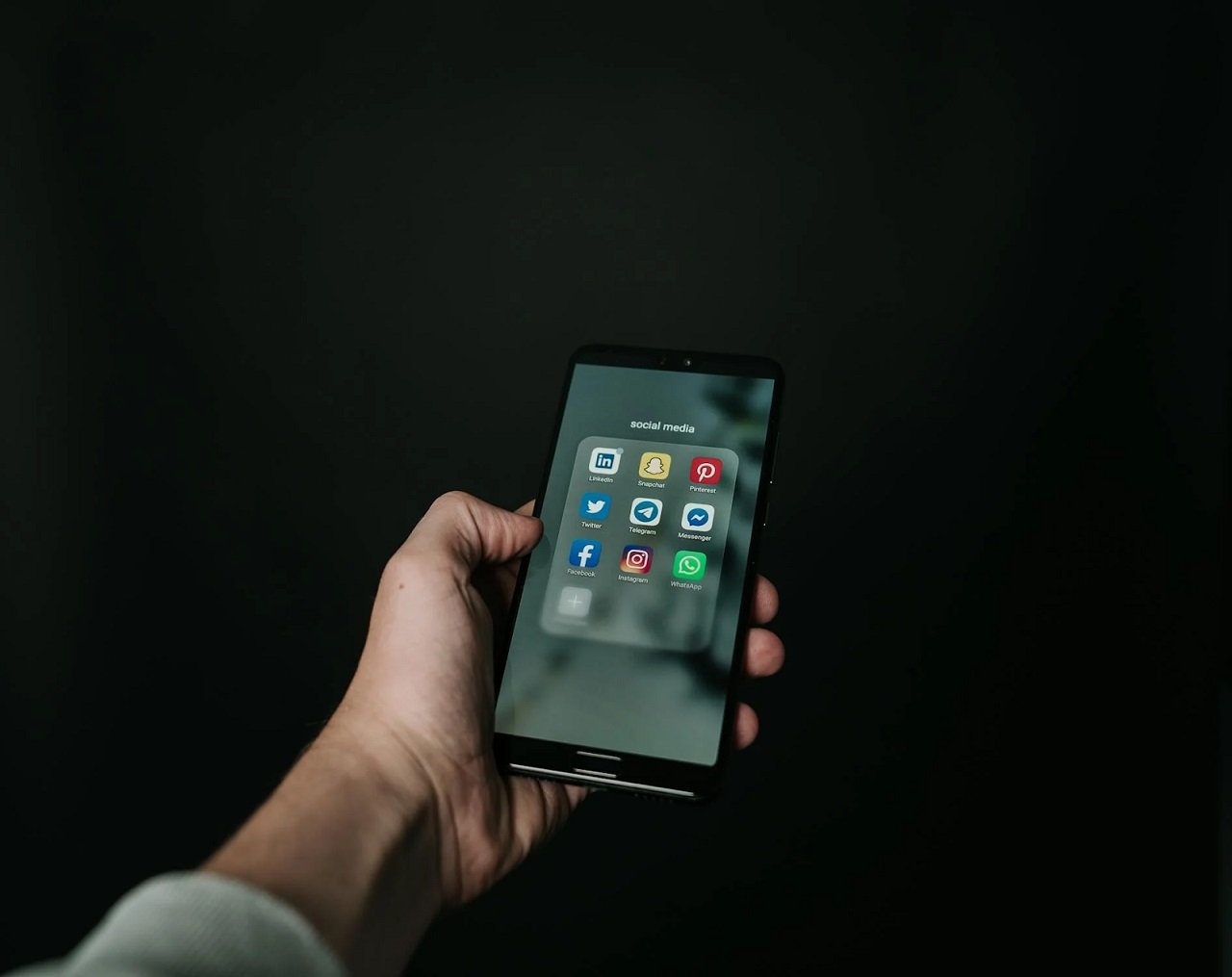How to Design a Comfortable and Trustworthy Medical App for Reliable Solving Health Issues

As digital healthcare becomes more prevalent, patients and healthcare professionals increasingly rely on medical apps for everything from tracking symptoms to facilitating virtual consultations. However, the success of these apps depends on how well they are designed, both in terms of functionality and user experience. Creating a comfortable and trustworthy medical app requires careful attention to user needs, security standards, and ease of navigation. This Topflight article will explore how to achieve an effective healthcare mobile app design that users can trust to solve health issues reliably: https://topflightapps.com/ideas/healthcare-mobile-app-design/
Importance of Healthcare Mobile App Design
Designing a healthcare app involves more than aesthetics—balancing intuitive interfaces, robust security features, and medical accuracy. Healthcare mobile app design impacts patient outcomes and user satisfaction, making it an essential factor in the success of any health-related digital solution.
User-Centered Approach. A user-centered approach is at the heart of successful medical mobile app design. Medical apps are often used by patients with varying levels of technical expertise, so the design must accommodate a wide range of users, from tech-savvy individuals to elderly patients or those with limited digital literacy. Prioritizing ease of use ensures that patients can quickly and easily access the health information or services they need without confusion or frustration.
Trust and Security. Healthcare apps handle sensitive patient data, so building trust through security features is critical. Patients need to feel confident that their personal health information is safe from unauthorized access. Incorporating robust security measures such as encryption, two-factor authentication, and data anonymization into the healthcare mobile app design will help build trust and ensure compliance with healthcare regulations like HIPAA (Health Insurance Portability and Accountability Act) in the U.S. or GDPR (General Data Protection Regulation) in Europe.
Critical Considerations for Designing a Medical App
Developing a trustworthy and effective medical app involves several essential design considerations catering to user experience and healthcare-specific requirements. Below are the fundamental aspects of medical mobile app design that contribute to its reliability and comfort.
1. Intuitive User Interface (UI)
A well-designed medical app UI design is crucial for creating a comfortable user experience. The interface should be clean, intuitive, and easy to navigate, even for users who may not be familiar with digital platforms. To achieve this, designers should focus on the following elements:
- Simple Navigation: Patients should be able to find what they need with minimal clicks. This involves creating a straightforward menu system, using icons and buttons that are easy to understand.
- Consistent Layouts: The app’s consistency in layouts, fonts, and color schemes ensures users don’t feel disoriented as they navigate through different sections.
- Responsive Design: The app must be responsive to different screen sizes and devices, allowing users to access their health information on smartphones, tablets, or desktop computers.
2. Clear and Accessible Information
When dealing with health-related issues, patients often feel anxious or confused. The app’s design must help alleviate these concerns by providing clear, accessible information. This can be achieved through:
- Readable Fonts: Ensure text is large enough to read comfortably, especially for older users or those with visual impairments.
- Simplified Medical Language: Medical terminology can be difficult to understand, so it’s essential to present information in a way that is easy to digest. For instance, explain terms in layman’s language instead of using complex medical jargon.
- Visual Aids: Use charts, graphs, and icons to help communicate information quickly and effectively. For example, showing a trend in blood sugar levels over time in a graph can help patients understand their health status at a glance.
3. Seamless Integration with Healthcare Systems
A well-designed digital health app design integrates seamlessly with other healthcare systems, such as electronic health records (EHRs), telemedicine platforms, and appointment scheduling tools. The integration enables the app to provide a more comprehensive healthcare experience by giving users access to their medical history, lab results, and virtual consultations all in one place.
Integrating data from various sources for healthcare providers can facilitate better decision-making and care coordination. This aspect of health mobile app design enhances user convenience and improves overall health outcomes by ensuring that all relevant health data is available at the point of care.
Steps to Build a Comfortable and Trustworthy Medical App
Creating a reliable and trustworthy medical app involves several essential steps. Whether you’re focusing on healthcare mobile app design or backend development, these steps are essential for ensuring the app’s success.
1. Define the Purpose and Target Audience
Before starting the design process, it is important to clearly define the app’s purpose and the needs of its target audience. Will the app be used for tracking chronic diseases, managing medications, or scheduling appointments? Understanding the primary use case and target users allows designers and developers to focus on features that address those specific needs.
For example, an app targeting diabetes patients might need to include tools for monitoring blood sugar levels and sending medication reminders. Meanwhile, an app for general health management could focus on appointment scheduling and symptom checking. Tailoring the design to the app’s primary function helps create a more streamlined user experience.
2. Prioritize Security and Privacy
Security should be a top priority in health mobile app design. To ensure patient trust, the app must comply with healthcare regulations regarding data privacy. This can be achieved through several key security features:
- End-to-End Encryption: To prevent unauthorized access, all patient data should be encrypted during transmission and storage.
- Two-Factor Authentication: Require users to verify their identity using a second method, such as a one-time code sent to their phone, in addition to their password.
- User Consent and Data Anonymization: Ensure that users are informed about how their data will be used and have the option to consent. Data anonymization techniques should also be employed to protect sensitive information.
3. Focus on User-Friendly UI/UX
Creating an intuitive, user-friendly interface is one of the most critical aspects of medical app UI design. Here are key principles to follow:
- Minimize User Input: Patients may have difficulty entering large amounts of data, especially on mobile devices. Use features like auto-fill and drop-down menus to reduce the amount of manual input required.
- Customizable Settings: Allow users to personalize the app according to their preferences. For instance, users could adjust notification settings, change language preferences, or modify the app’s appearance.
- Onboarding Tutorials: Provide clear onboarding instructions when users first download the app. A simple tutorial that explains the app’s core features can significantly enhance the user experience.
Key Features of a Trustworthy Medical App
Building a trustworthy medical app involves incorporating essential features that address both user needs and healthcare standards. Below is a list of key features that should be included in the app:
Appointment Scheduling. Allow patients to book, reschedule, and cancel appointments directly through the app. Integration with healthcare providers’ systems ensures that appointments are updated in real-time.
Symptom Tracking. Include tools for users to log symptoms, track progress, and receive recommendations based on their inputs. For example, a headache-tracking feature could provide insights into potential triggers over time.
Medication Reminders. Patients should be able to set reminders for taking medication and notifications to renew prescriptions. This helps improve medication adherence and reduces the likelihood of missed doses.
Health Data Monitoring. The app should allow users to monitor their vital signs, such as heart rate, blood pressure, or glucose levels, especially for chronic disease management.
Telemedicine Capabilities. Offer video consultations with healthcare providers, allowing users to receive medical advice remotely. This feature is particularly useful for patients in rural areas or those unable to visit a clinic in person.
Conclusion
Designing a comfortable and trustworthy medical app involves balancing usability, security, and integration with healthcare systems. By focusing on healthcare mobile app design principles—such as user-centered design, robust security features, and seamless system integration—developers can create reliable digital health solutions that patients and healthcare providers can trust. With careful attention to medical accuracy, regulatory compliance, and intuitive UI, a well-designed medical app can significantly improve how patients manage their health and interact with healthcare services.
Author:
Priya Raeesa
Priya is an experienced mobile app developer with a flair for simplifying complex concepts. Her articles aim to demystify the app development world and empower others to create innovative mobile solutions.









